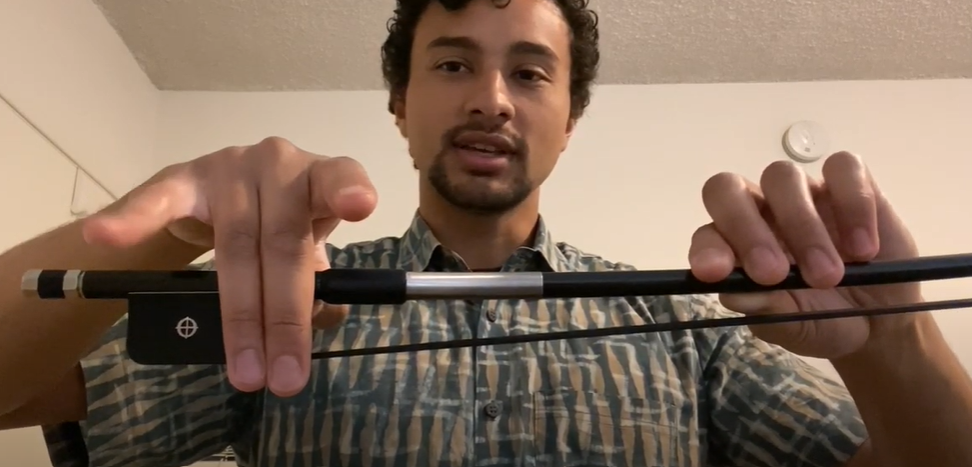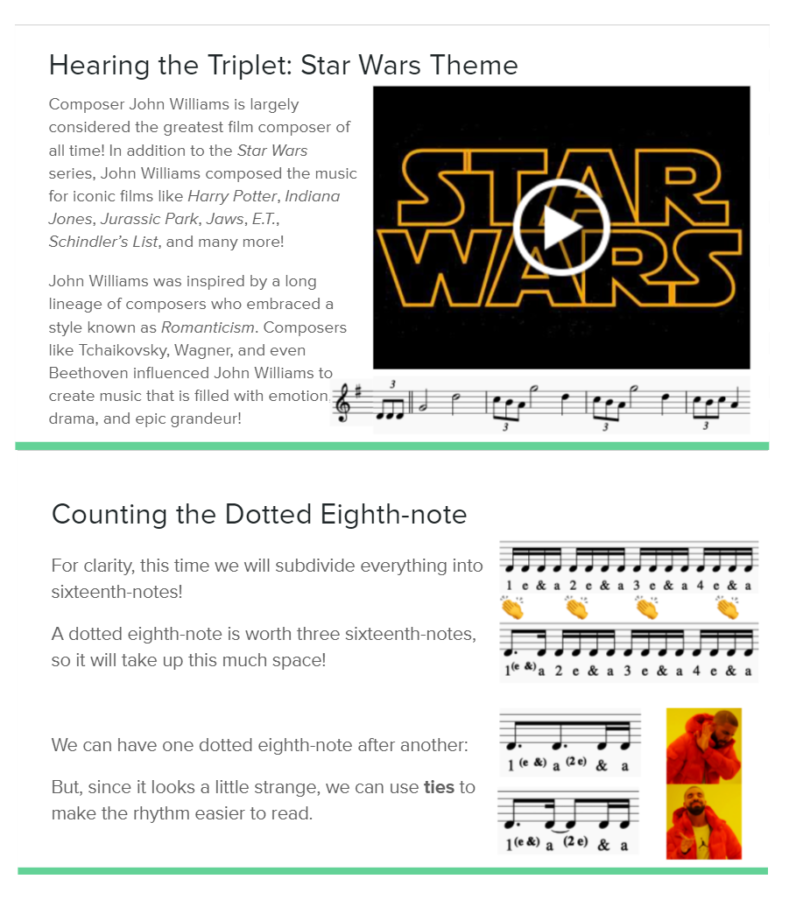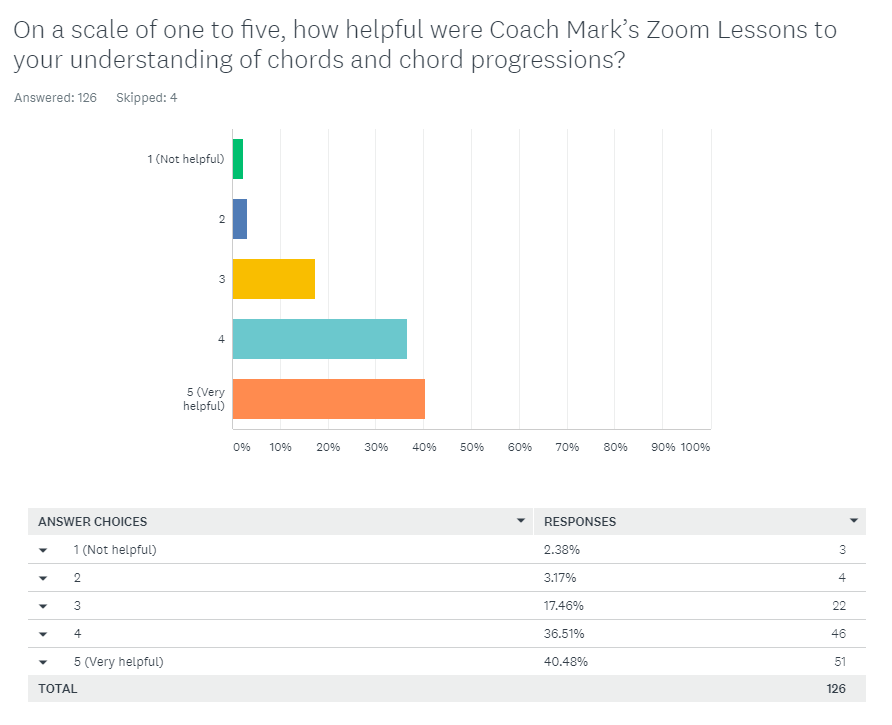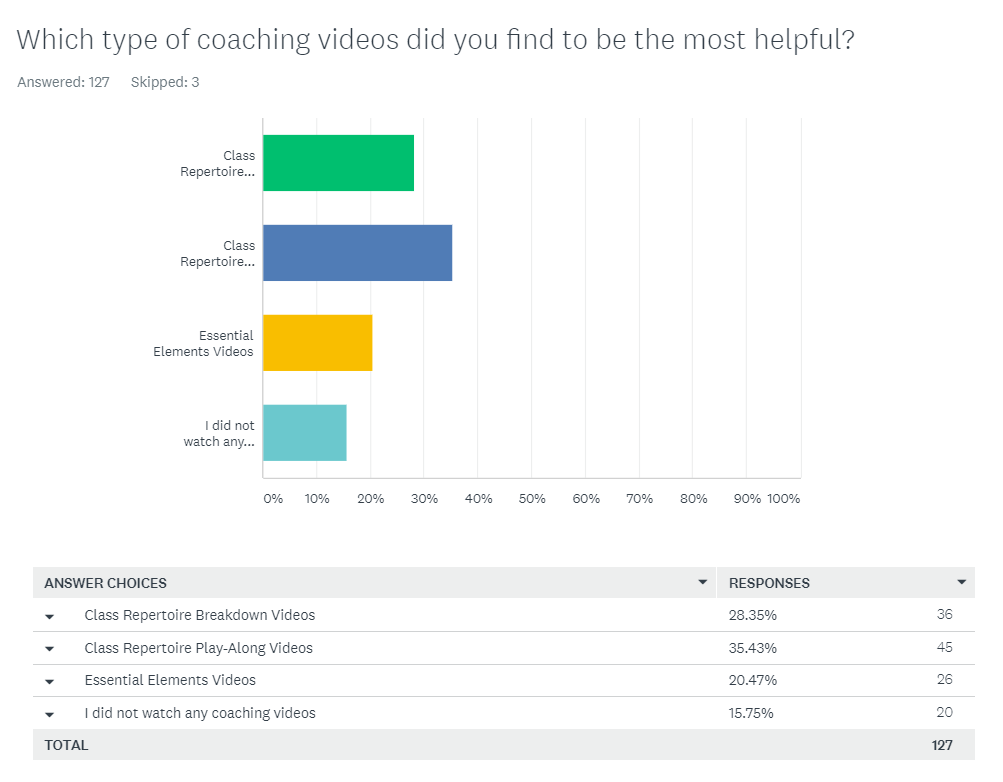Over the past year, arts and education institutions have had to adapt to a new reality in which arts students, practitioners, and audience members could not be together in the same room. While this has had the effect of de-centering many of the institutional strategies for engagement that organizations spent decades building, it also created opportunities to rethink how we engage and interact with our community. In this blog, I bring to light the challenges American Youth Symphony’s music education program, Share-A-Stand (SAS) faced in the past year, and how the administrative team and I adapted to the circumstances in order to improve our program and meet students in the digital sphere.
I’m Mark Gutierrez, Community Educator and Lead Instructor of Share-A-Stand (SAS). I am also the Teaching Artist for String Bass. If you’re not familiar with SAS, here’s a quick rundown of how it operated pre-pandemic.
-AYS musicians visited three middle school partner sites twice a month to deliver advanced coaching and sectionals to young instrumental students.
-String coaches mentored students and encouraged them on their artistic journey. Coaches performed alongside students at each school’s end-of-year concert.
-The Lead instructor attended each class once a week to lead students through lessons, activities, and games based on music theory.
-AYS provided bus transportation for students and their families from our partner schools to attend two AYS concerts every year at UCLA’s Royce Hall and the Walt Disney Concert Hall, respectively.
Powered by wordpress support

At the onset of the pandemic in Spring 2020, our immediate response was to focus on providing students with instrumental coaching via videos uploaded to the AYS YouTube channel. We created video content in which coaches explained and demonstrated challenging passages from teachers’ selected repertoire. Each coach also created a video version of their warm-up routine for playing their instruments. Because we didn’t have previous experience with the medium of video lessons, we struggled at first to make our lessons both informative and concise. Each coach was making their videos independently, with little guidance from me or the teachers. Although this strategy served us in the short-term, we knew we had to make changes for the next semester of our program.
During the Summer of 2020, we put our energy and resources into reshaping the program so it would better support our students, partner teachers, and string coaches. Retaining the two-pronged structure of the Lead Instructor’s music theory lessons alongside String coaches’ instrument-specific sectionals and lessons, we rebuilt the curriculum and content of the program.
For our weekly music theory lessons, we decided to collaborate more closely with the music teachers to create weekly lesson plans that would work in tandem with the curriculum that they were teaching their students. As AYS only works with three schools, we were able to have collaborative Zoom meetings with the music teachers and brainstorm the new direction of the program, taking into account the many technological and pedagogical difficulties teachers had experienced at the end of Spring 2020.

84% of students found Coach Mark’s Music Theory Zoom lessons to be more than moderately helpfulto their understanding of the vocabulary and concepts they learned in their music classes this year.
We decided that the best option to proceed with our once-weekly music theory lessons, was to reduce their frequency to every other week and use the extra time and budget to create detailed powerpoint presentations that made use of text, embedded images, embedded instructional videos, and embedded music videos. These lessons could be incorporated into live Zoom classes as well as accessed asynchronously (via Google Classroom) by students who were not able to participate in live lessons due to issues with Wifi or responsibilities in home life.
The presentations focused on music theory concepts that supported, mirrored, and expanded on what teachers covered in their classes. Keeping partner-teacher and SAS curriculum in step helped students to learn more effectively, and allowed teachers to progress through their curriculum at their desired pace. The slides’ reinforcement of key concepts reduced the need for teachers to backtrack and repeat information or segments of past lessons. In order to keep students engaged in the often tiring digital context, we focused on having entertaining content in the lessons, using memes, funny videos, emojis, and contemporary music from a vast variety of genres to illustrate music theory concepts.
The student responses to the slide lessons were very positive. The incorporation of fun and familiar visuals in explaining a sonic art form helped them to better understand complex concepts and provided an entertaining contrast to what otherwise may have been a stressful day of learning in quarantine.
The difficulty of learning via Zoom, even for those with strong internet connections, brought the variety of different learning styles that students have to the forefront. Each student’s learning style needed to be addressed even more in a Zoom context. Visual learners often missed spoken instructions unless it was also written in the presentation or the chat and auditory learners needed verbal elaboration of the images and text they were seeing. Issues like these are not new, but with the Zoom classroom’s absence of traditional feedback like body language and conversation with students, we had to triple our effort to make sure that lesson content was digestible and accessible to all learning types.

86% of students who watched our videos found the repertoire videos (both play-along and breakdown videos) to be the most helpful to their learning process.
When it came to instrumental coaching, we realized that we had to be much more intentional with our video content. Videos, unlike in-person lessons, have the possibility of being evergreen and repeatedly viewed for deeper learning and understanding. We needed to improve the quality of our videos, as well as think about the long term potential of our video content both within our partner schools and outside of them. Our partner teachers collectively decided they would be sending instruments home with students of all levels, even beginning students who had never picked up an instrument before. We decided to create a wide variety of video content to serve the varying playing levels of students. We were also intentional with when and how we asked for feedback from the students; creating a mid-semester feedback survey that helped us to improve the quality of our coaching videos.
Here are the different categories and types of videos that we created during the 2020/21 academic year:
Technique Videos
These videos focused on the very fundamentals of instrumental technique. They were generally kept short for rewatchability and made for absolute newcomers. One such beginner video focused on maintenance and care of the instrument. Another taught students how to tune their instruments. Students would usually learn these positive habits by repetition in the classroom, but now they could return to the video whenever they needed a reminder of how to carry out these daily tasks on their own. In fact, getting students to tune their own instruments was a struggle even within an in-person context. We found that, supplied with a how-to video, students were able to work their way through the complicated tuning process more frequently, and eventually, more effectively.
Essential Elements Videos
These videos were also catered to beginners, focusing on the well-known and widely used Essential Elements for Strings books. Teachers generally use these exercise books in order to help students learn introductory notes and fundamental technique. Our videos help students learn the most basic technical aspects of finger positioning, bow technique, and posture, while exploring simple and often recognizable melodies.
Repertoire Breakdown Videos
I collaborated closely with our partner teachers to identify difficult passages in assigned repertoire and created video guidelines to ensure consistency across coaches’ videos. Coaches marked up their sheet music with fingerings, bowings, and other indications, to be displayed during their video. Videos were edited to include hyper-linked timestamps of each section, close-ups of hands when relevant, and embedded, marked-up sheet music for students to follow.
Repertoire Play-Along Videos
Separate from breakdown videos, we created play-along videos for each repertoire piece. These videos focused solely on playing the piece from beginning to end and playing with a metronome click. Students could follow along with the on-screen, embedded sheet music, complete with marked bowings and fingerings. On our year end survey, we discovered that students found the play-along videos to be the most useful.

The videos were a hit with teachers and students alike! Teachers found the videos to be useful resources to fill in the gaps in their own instrumental knowledge. When presented with technical, instrument-specific questions, there was an easily accessible video resource for them to look to for answers, and they often played segments of videos during class and in Zoom breakout rooms to help students address their challenges. Students appreciated that the videos were accessible at any time, as learning a new instrument requires frequent reinforcement. Those with limited internet access or time-conflicting home responsibilities who were not able to access Zoom classes were still able to access the coaching videos for their own self-improvement and practice.
Education has been slow to embrace the power of digital technology, and although technology isn’t the answer to all of our problems, it does solve a fundamental one – keeping students engaged. With the explosion of tutorials and educational videos on websites like YouTube, traditional education institutions have been competing not only for students’ attention in terms of engagement, but also for students’ desire to learn.
Video learning is incredibly effective and the increased accessibility, repeatability, and customizability of the video learning experience allows for a wide variety of learners to excel. Students can customize their viewing experience, adding closed captioning, subtitles, and even adjusting the speed of their videos to up to double the rate, or down to a quarter of the speed to match their ideal rate of information intake.
Further, content websites’ algorithms direct people to content similar to that which they have engaged with in the past, fueling enthusiasm and the breadth of knowledge in which people are exposed. For example, once students begin watching AYS’ Instructional videos, they are recommended more videos addressing instrumental technique and orchestra performance. They may even be directed to less technical videos within the same orbit of content, such as lifestyle vlogs of professional artists and performers. Meeting today’s students in the digital spaces they now regularly inhabit is a quintessential part of maintaining engagement and continuing to stimulate and inspire young minds.
The past year resulted in mass disruption of systems and institutions that have been built over the last several decades. However, disruption allows for reflection, reconsideration, and innovation. We can take our newfound skills into the future in order to create a deeper connection with the communities we are currently working with or want to work with in the years to come.
Going forward, AYS will continue SAS in a hybrid structure and create instrument-specific instructional videos for YouTube, focusing on fundamental technique, the Essential Elements exercise books, and both breakdown and play-along videos for our Partner-Teachers’ selected repertoire.